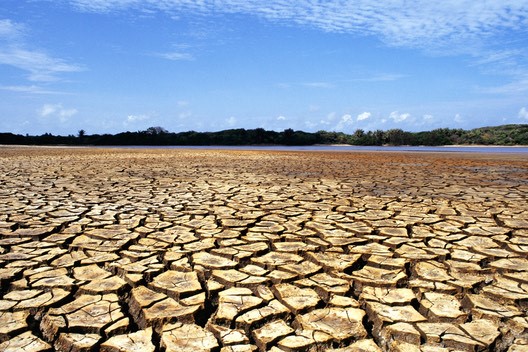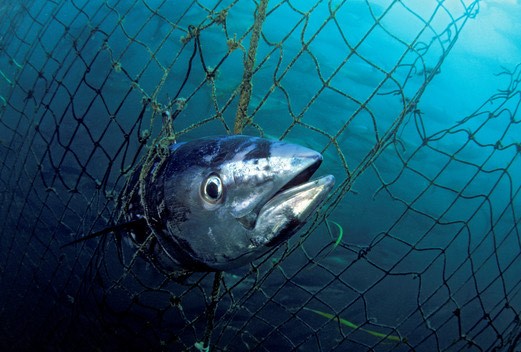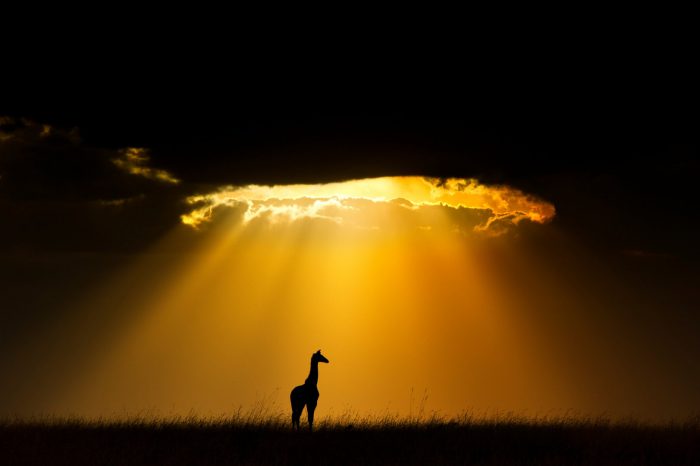The “Living Planet 2020” report released today by the World Wide Fund for Nature indicated that the global observed numbers of mammals, birds, amphibians, reptiles and fish have experienced an average decline of two thirds in less than half a century, and this is in large part From it, to the same manifestations of environmental damage that contribute to the emergence of zoonotic diseases such as COVID-19.

The Living Planet Index report prepared by the Zoological Society of London shows that the factors believed to increase the planet’s vulnerability to epidemics, including changes in land use practices and wildlife trade, also constituted some of the factors that contributed to the average decline of 68% in global numbers of vertebrates. Between 1970 and 2016.
“The Living Planet 2020 report illustrates how the increasing destruction of nature is having catastrophic effects not only on wildlife creatures, but on human health and all aspects of human life,” said Marco Lambertined, Director General of the World Wide Fund for Nature.

Laila Mustafa Abdul Latif, Director-General of the Emirates Nature Society in cooperation with the WWF, said: “Today we need more than ever to act urgently and work alongside organizations, governments and individuals to stop environmental degradation and help build a resilient future for all of us. We need that not only. To boost the economy but also to ensure the security of future generations.
“Our opinion during this rapidly evolving epidemic is clear indications of changes that could help us begin to restore our environment if we reduce our footprint on it,” she added.

The report notes that the main reason behind this significant decrease in the number of wildlife creatures on the planet – as stated in the Living Planet Index – is the loss and degradation of natural habitats, including increased deforestation as a result of changing human methods of food production.
Endangered species referenced in the Living Planet Index include the eastern lowland gorilla also known as the gorilla grouper meridian, whose numbers in the Kahzi-Bega National Park in the Democratic Republic of the Congo witnessed an estimated decline of 87% between 1994 and 2015 due to illegal hunting. In addition to the African gray parrot bird in southwestern Ganaz, whose numbers decreased by up to 99% between 1992 and 2014 due to poaching and the wild bird trade, along with habitat loss.




![The Top & Most Popular Seafood Bucket Restaurants in Dubai for you [Never Miss]](https://uae24x7.com/wp-content/uploads/2020/09/8-seafood-in-a-bucket-scaled-e1600739237403.jpg)
![Procedures for Renewing the Driving License in Abu Dhabi [3 Simple Steps]](https://uae24x7.com/wp-content/uploads/2020/07/Capture-9-e1595666454466.jpg)





